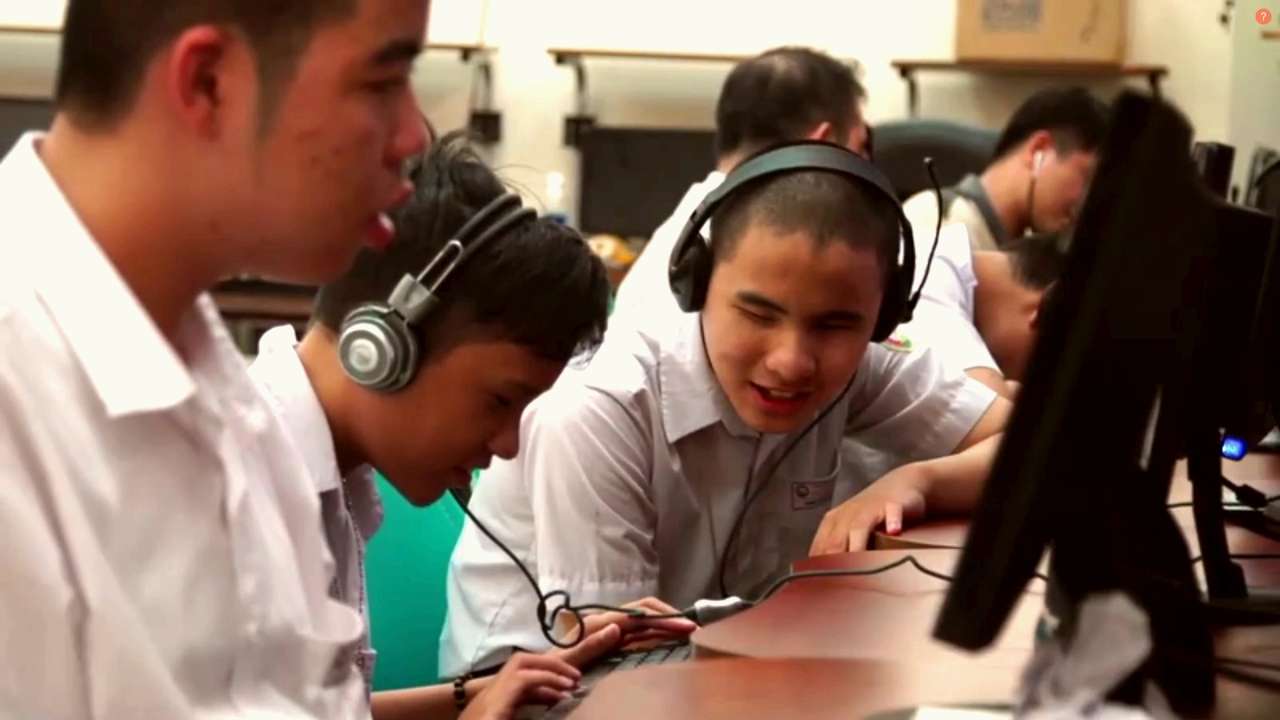It’s here! I know you’ve been waiting patiently, and we’re very pleased to bring you NVDA 2019.2. Let’s start with that:

Close-up photograph of NVDA logo in notification area.
NVDA 2019.2 released
NVDA 2019.2 is now available and we recommend all users update to this stable version. Highlights of this release include auto-detection of Freedom Scientific braille displays, an experimental setting in the Advanced panel to stop browse mode from automatically moving focus (which may provide performance improvements), a rate boost option for the Windows OneCore synthesizer to achieve very fast rates and many other bug fixes.
Please note, after updating any software, it is a good idea to restart the computer. Restart by going to the Shutdown dialog, selecting “restart” and pressing ENTER. Updating software can change files which are in use. This can lead to instability and strange behaviour which is resolved by rebooting. This is the first thing to try if you do notice anything odd after updating.
No one uses NVDA on its own, so we’ve improved support in a bunch of third-party programs: Specifically Miranda IM, Visual Studio Editor, Eclipse, a heap of things in Notepad++ and other Scintilla based editors, Google Docs, Excel, Firefox and Chrome.
In all, there are 14 new features, 9 changes to existing features, 22 other bugs fixed, and 8 changes specifically for developers. Be sure to check out the full What’s new in 2019.2 to find out everything that’s updated or new.
Closing the gap in Vietnam
We are always looking for good news stories to share. We published one such story last week, with an accompanying video. Called, “Closing the Gap in Vietnam“, this piece highlights some great work happening in Vietnam. The Sao Mai Center translated NVDA and the training material to Vietnamese. They use the material to teach their clients to use NVDA with Microsoft Windows. They also teach Microsoft Office with NVDA to increase employment prospects. The Nguyen Dinh Chieu School and Nhat Hong School for the Blind also use the translated material. This allows them to teach their students in their native language. Students are happy to be using a product they can afford and will be able to continue to use in the future. Learning these important computer skills is also reducing unemployment. The unemployment rate among blind Vietnamese is 94% so this is a huge achievement. Read the full “Closing the Gap in Vietnam” post and watch the video to learn more about this great work.

Vietnamese children working on the computer
Updates to Microsoft Word 365
One of the great things about Office 365 is getting new features, updates and fixes. One of the things which makes people nervous is change, and not always to everyone’s liking.
About a year ago, In In-Process, I touted one of the great updates as being improvements to spell check in Word.
With Office 2016, you needed to use object navigation to read the misspelt word. There was also no preview in the task pane of the surrounding sentence at all. In 2018, Microsoft added a preview of the paragraph surrounding the misspelt word to the task pane. NVDA now also spells the erroneous word automatically. The definitions of suggested replacement words are also reported when moving to them.
Since then, Office 365 has continued to evolve. Recently, this has included new updates to spelling and grammar checking. When you press F7 you now get a summary of how many spelling and grammatical errors are in the document. Press ENTER to go to the first one or press TAB to move between “Corrections” and “Refinements”. Corrections lists how many spelling and grammatical errors there are. Press the arrow keys to move between these and ENTER to go to the first one. In refinements, use the arrows to move between different types of refinements. For instance, “Clarity and Conciseness”.
Press ENTER on Corrections, or the total results to show the spelling error pane. The focus starts on the misspelt word, spelling it, and reading the line it is on. Press tab or down arrow to the first suggestion then, if needed, either tab or arrow through the list. Once the desired replacement is found, press ENTER to change this occurrence. Alternatively, press alt+down arrow to open a drop-down list. From the drop-down list choose either “Read aloud” (L), “Spell Out” (no quick letter), “Change all” (A) or “Add to Autocorrect” (R). Word had removed the buttons which used to list these options after the suggestions list.
One change from the previous behaviour is that from the suggested change, you can’t press alt+a to “change all”. You do have to open the drop-down list, then press A, or select that option. It would be nice to see the ability to “change all” in one step back again. If you would like to see Microsoft reinstate this, be sure to let their disability answer desk know.
That’s all for this week. Please do let us know how you find NVDA 2019.2. Also, have you got a good news story? Please let us know about that too, and we could feature the great things you are doing in a future article!